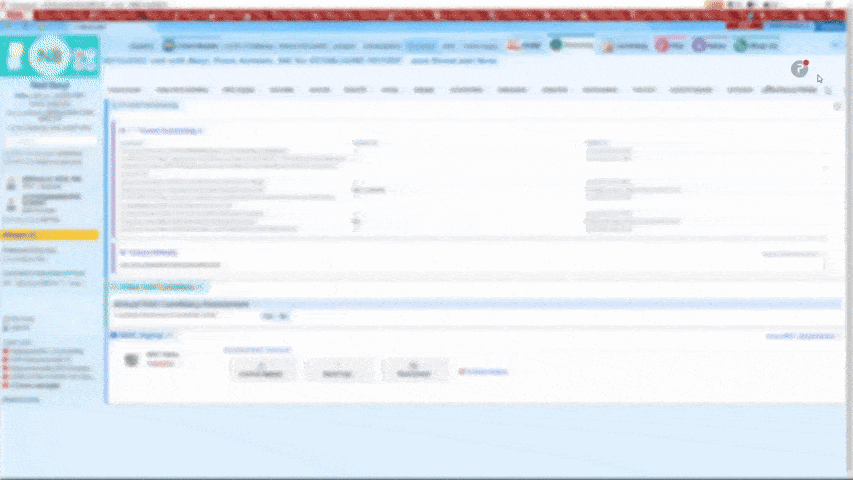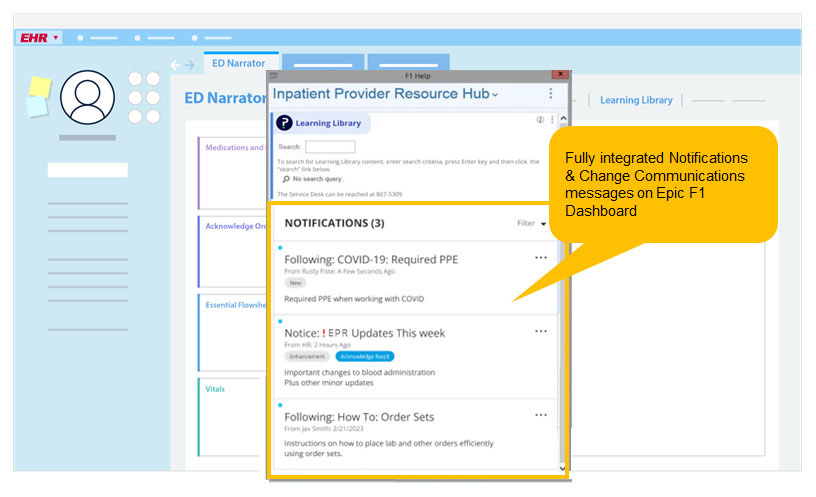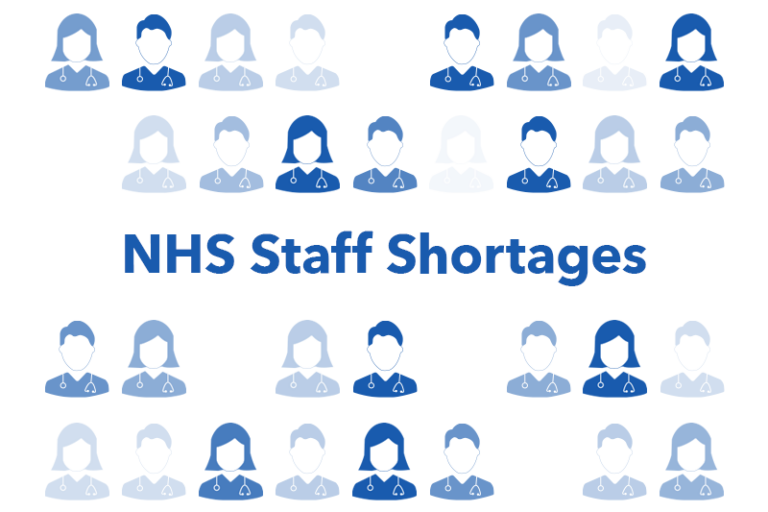As the NHS makes strides toward digital maturity, many Trusts are running into similar capacity challenges. Training teams are struggling to keep up with the demand from a constant cycle of onboarding and training for new updates and go-lives. More recently, KLAS Research has recommended that each user receive 3-5 hours of ongoing training per year.
Meanwhile, clinicians are facing increased workloads and struggle to find the time to attend training sessions and keep up with important communications.
We sat down with Laura Gray, eHospital Senior Training Manager at Cambridge University Hospitals, and Mia-Riitta Lehtonen, RN, Director for Competence Development at Oy Apotti, Ab to discuss how Cambridge and Apotti are developing strategies to overcome capacity restraints and maximize their EPR investments.
It starts with onboarding
Both Gray and Lehtonen agree that, for their organizations, addressing capacity challenges with training starts with re-examining the onboarding process. Both Apotti and Cambridge have traditionally conducted onboarding training in the classroom. Given their respective user bases (47,000+ EPR users for Apotti and nearly 18,000 for Cambridge), this strategy is no longer sustainable.
They understand that there is no way to deliver all the information a new hire needs to know in a few onboarding sessions and expect learners to retain it. By reducing the amount of initial onboarding and supplementing with easy-to-access ongoing support, they expect significant improvements in time spent in training.
For example, Cambridge still plans to deliver some onboarding training in the classroom. However, that training will now focus on key messaging, moving users through onboarding faster and allowing them to retain more of the information learned. They will receive additional training through learning materials offered to them directly in their workflow.
Making ongoing training more accessible
For Apotti, creating a more efficient onboarding process is part of the strategy for improving ongoing training.
Both organisations stress the importance of delivering help directly in the workflow to support ongoing training efforts. They are not only confident this will improve learner engagement and retention, but it also frees up more capacity for the training team.

With uPerform’s latest integration, Copilot, users have immediate access to support materials and advanced search directly in their workflow.
For example, Gray shares that an estimated 25% of her team’s help desk calls are resolved by simply sending out a tip sheet. If they can reduce these calls to the help desk, the team will have more time to dedicate to generating more content and supporting users.
Accelerating content creation and management
Apotti and Cambridge are also hoping to accelerate the learning content creation and management processes with the help of uPerform. uPerform’s recorder allows authors to simply record a workflow and publish learning materials in a variety of formats, like tip sheets, simulations and videos.
Gray notes that many of Cambridge’s support documents are in PDF format, which is one of the least accessible documents (screen readers often have trouble reading PDFs). She expects uPerform to aid in the conversion of these documents to other formats.
Additionally, Gray notes that sometimes scalability means prioritization. Her team can’t always get to updating every document before a new Epic update.With uPerform’s reporting and analytics tools, she’s confident she and her team can better prioritize which documents are most important based on user engagement.
Communicating Change
Another challenge many organizations face is communicating change to users. EPRs require frequent updates and upgrades that may result in changes to common workflows. However, communicating these changes via email often results in low readership, as clinicians are busy and emails are often ignored.

Action Items
Both Apotti and Cambridge are leveraging uPerform to help transform their training strategy to keep up with increasing demands and deliver a better experience to their EPR users. Here’s an overview of just some of the steps the two organisations are taking to get the most out of their EPR and their training strategy:
- Reduce in-person classroom training to its core messages
- Support users with role-based learning materials in the EPR workflow
- Convert existing PDF training materials to more accessible formats (tip sheets, simulations, videos and more)
- Make training and information easy to find, access and understand based on role
- Share important change and update announcements via links in the F1 Dashboard
- Utilise content engagement reports to better prioritise which content to update when training team is overburdened
- Measure and report on key metrics to determine what’s working and where improvements still need to be made
Lessons Learned
While Apotti and Cambridge are both in the early stages of their training transformation, they did offer up some words of advice for other organizations preparing for an EPR go-live.
Lehtonen encourages those preparing for a go-live to think about not only initial onboarding, but ongoing training as well. She also recommends thinking about how you will provide access to learning materials, noting that users at her organisation wish they had uPerform at the time of initial go-live with Epic.
“Don’t forget the ongoing training when you are focusing so much on the onboarding. You should think about the ongoing at the same time. And our customers have said that they wish they would have had this kind of tool or this kind of access we now have at uPerform already before the go-live.”
Meanwhile, Gray emphasises the importance of making training accessible.
“Make it easy. Make it easy for them to find. Make it easy for them to access. Make it easy for them to understand. Because they want to learn. They want to be able to do their job. And the easier you can you make it, the more seamless you can make it, the more likely it is that you’re going to get good engagement with your training.”
Related Articles
Learn more about EPR training in the workflow with uPerform
Looking for a cost- and resource-effective way to deliver initial and ongoing EPR training to your users? uPerform enables Trusts to quickly create learning content and deliver it to users in their workflow based on user role. uPerform clients report less time spent in classroom training, efficiency gains for training teams and improved user satisfaction and proficiency.






